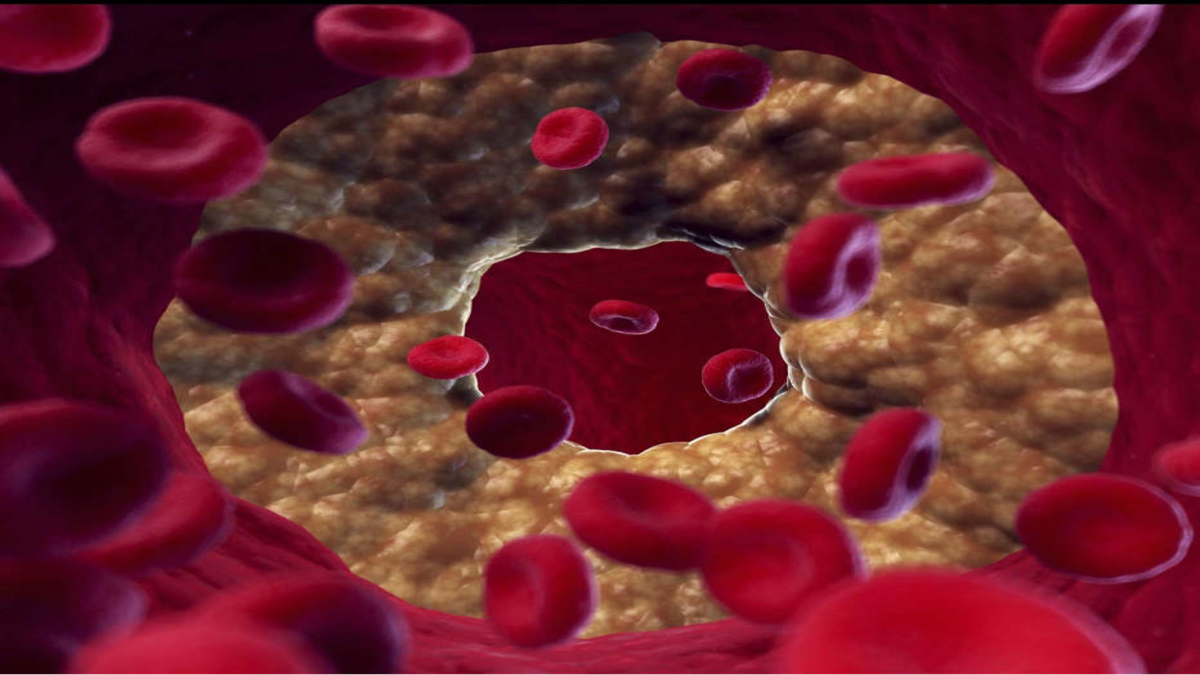
A research has found that environmental exposure to low levels of the toxic metals arsenic, cadmium, and titanium appears to increase the risk of plaque build-up in arteries in the neck, heart and legs.
Traces of metal may enter the body through contaminated soil that infiltrates food, through drinking water, air pollutants or tobacco smoke. There is strong evidence that toxic metals, such as arsenic and cadmium, are cardiovascular risk factors. Arsenic and cadmium are often found in tobacco and food, while arsenic is also found in water. Titanium exposure is mainly derived from dental and orthopaedic implants, screws, pacemaker encasings, cosmetic products and some foods.
“Metals are ubiquitous in the environment, and people are chronically exposed to low levels of metal,” said lead investigator of the study Maria Grau-Perez, M.Sc., of the Institute for Biomedical Research Hospital Clinic de Valencia INCLIVA in Valencia, Spain, and a PhD candidate in the department of preventive medicine, public health and microbiology at the Universidad Autonoma de Madrid, in Spain.
“According to the WHO, 31 per cent of the cardiovascular disease burden in the world could be avoided if we could eliminate environmental pollutants,” she added.
Atherosclerosis developed when fatty deposits, or plaque, build up in the arteries causing them to narrow, weaken and stiffen. Depending on the arteries affected, it can lead to a heart attack, stroke, angina, peripheral artery disease or kidney disease.
Prior research on the impact of metal exposure on atherosclerosis has traditionally centred on the carotid arteries, the major arteries in the neck. This study focused on subclinical atherosclerosis — before symptoms are present — and examined the impact of metal exposure on the carotid, femoral and coronary arteries. Previous research suggested that imaging of the femoral artery, which is the main artery supplying blood to the lower body, may lead to earlier detection of atherosclerosis.
Researchers evaluated 1,873 adults (97 per cent men) in the Aragon Workers Health Study. The study participants worked at an auto assembly factory in Spain and ranged in age from 40 to 55. Researchers measured participants’ environmental exposure to nine toxic metals — arsenic, barium, uranium, cadmium, chromium, antimony, titanium, vanadium and tungsten — and the exposure’s association with the presence of subclinical atherosclerosis in the carotid, femoral and coronary artery regions. The study explored the potential role of individual metals and metal mixtures on the development of atherosclerosis. During the participants’ annual occupational health visits between 2011 and 2014, socioeconomic and health information for each participant were recorded, including education level, smoking status and medication use. Each person in the study had a medical examination to measure body mass index, blood pressure, blood glucose levels, cholesterol levels, triglyceride levels and more. Urine samples were collected to assess metal exposure from air, water and food. Researchers performed carotid and femoral ultrasounds, as well as coronary calcium scoring tests. The analysis found:
1. Older study participants had higher levels of most of the metals measured in the urine.
2. The few female participants in the study had higher metal levels compared to men when levels were measured in the urine.
3. Adults who had smoked at any time showed higher levels of arsenic, cadmium, chromium and titanium than the people who had never smoked.
4. Higher levels of arsenic, cadmium, titanium, and potentially antimony were associated with a higher probability of having subclinical atherosclerosis.
5. Arsenic and cadmium appeared to be most closely associated with increased plaque levels in the carotid arteries; cadmium and titanium are of greater concern for the femoral arteries; and titanium, and possibly cadmium and antimony, are of more concern for the coronary arteries.
6. Arsenic may be more toxic for the arteries when found in combination with cadmium and titanium.
“This study supports that exposure to toxic metals in the environment, even at low levels of exposure, is toxic for cardiovascular health,” said study co-author Maria Tellez-Plaza, M.D., PhD, a senior scientist at the National Center for Epidemiology and the Instituto de Salud Carlos III in Madrid, Spain. “The levels of metals in our study population were generally lower compared to other published studies. Metals, and in particular arsenic, cadmium, and titanium, likely are relevant risk factors for atherosclerosis, even at the lowest exposure levels and among middle-aged working individuals,” she added.
The study included a very specific population of mostly men in one area of Spain, so the results may not be completely extrapolated to women or other populations worldwide. Additional research is needed to understand the mechanisms involved in the development of atherosclerosis based on associations to metals. “Current global environmental, occupational and food safety standards for cadmium, arsenic and other metals may be insufficient to protect the population from metal-related adverse health effects,” said Tellez-Plaza. “Metal exposure prevention and mitigation have the potential to substantially improve the way we prevent and treat cardiovascular disease,” she concluded.
The research has been published in the “Arteriosclerosis, Thrombosis and Vascular Biology Journal”.















